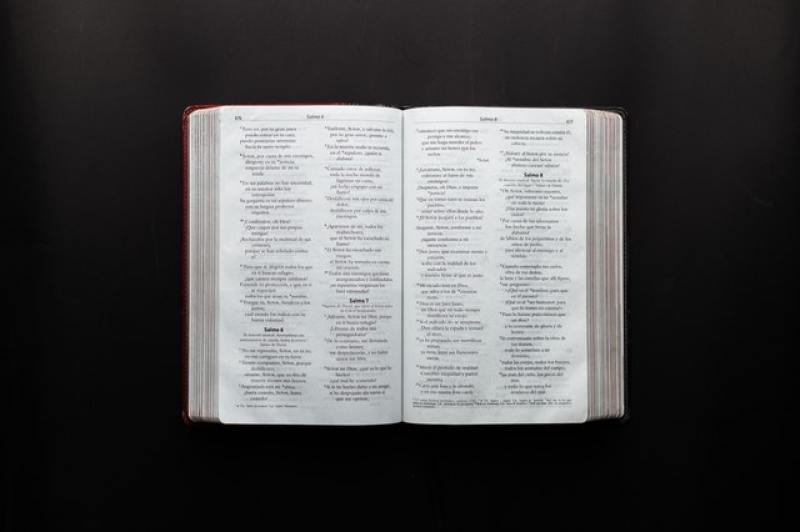
A nurse who mistook a tiny gold Bible pendant she unearthed for a gift shop trinket was surprised to find out that it is actually a 600-year piece of history believed to have been owned by an English king's family members.
The Christian Headlines said the 600-year-old gold Bible pendant was recently discovered by 48-year-old NHS nurse and metal detectorist Buffy Bailey in a field. The pendant is said to belong to the English King Richard III's relatives.
The Bible pendant, which is made of 22-24 carats of pure gold, weighs roughly two-tenths of an ounce (5g) and measures roughly the size of a thumbnail (1.5 cm long). St. Leonard and St. Margaret could be seen depicted on the pendant, which made experts believe that it "could have been an object used for protection during pregnancy and childbirth." St. Leonard and St. Margaret are "patron saints of childbirth." The pendant, whose value is estimated to be more than $100,000, is now placed in the Yorkshire Museum.
Bailey disclosed in an interview with The Daily Mail how she discovered the pendant in a footpath within a farmland, after receiving permission from the owner to search it with a metal detector. Bailey went to the land, which is near North Yorkshire's Sheriff Hutton Castle, with her husband out of knowing "it had a lot of history."
'I just wanted to focus on detecting so I turned my back to the footpath so walkers wouldn't talk to me and just as I did I got a signal in that exact spot. I dug down five inches and it was just there--I still didn't believe it was anything special. I just thought it'd be an old sheep's ear tag or a pull ring," Bailey told the BBC.
'But when I took the clay off I realized it was something a bit different. My first thought was that it was some kind of charm from a gift shop. I took a photo and enlarged it on my phone and that's when I knew it was gold," she added.
Bailey then further studied her find and was struck by its beauty such that she had to call to her husband after realizing the value of her discovery.
"It was so heavy and shiny--just absolutely beautiful. When you held it into the light it threw rainbows at you. I couldn't believe it. I called my husband who was in another field and asked him to come get me because I just couldn't move," Bailey narrated.
King Richard III, who lived from 1452 to 1485, owned the land around the property. He became a king for only two years beginning 1483. Experts who checked the pendant believe that it may have belonged to his relatives.
"Whoever had it commissioned must have been incredibly wealthy. There's nothing else like it in the world," Bailey remarked.
Metal detectorist finds tiny gold Bible believed to have belonged to relative of Richard III https://t.co/9jYuRwWU2F
"” Daily Mail Online (@MailOnline) November 7, 2021
Treasure Hunting Editor Julian Evan-Hart revealed that gold was only carried in the 13th century by members of royalty because a pervading law at that time forbade any one else from doing so. Evan-Hart said the pendant "bears a close resemblance to the Middleham Jewel" and "is clearly iconographic."
The Middleham Jewel, which comes from the same era, depicts several female saints and the Nativity scene and was sold for £2.5million in 1992. It was named after the Middleham Castle, which is King Richard III's childhood home. The Middleham Jewel was also found through the use of a metal detector in an area 40 miles near the castle.
"(The S)umptuary law (of the 13th to 15th centuries) made it illegal for anyone other than the nobility to carry gold. Automatically, then, it would have been the possession of someone highly notable such as a member of royalty," Evan-Hart said.
"There is every possibility that it was made by the same artist," Evan-Hart disclosed in reference to the Middleham Jewel.






















